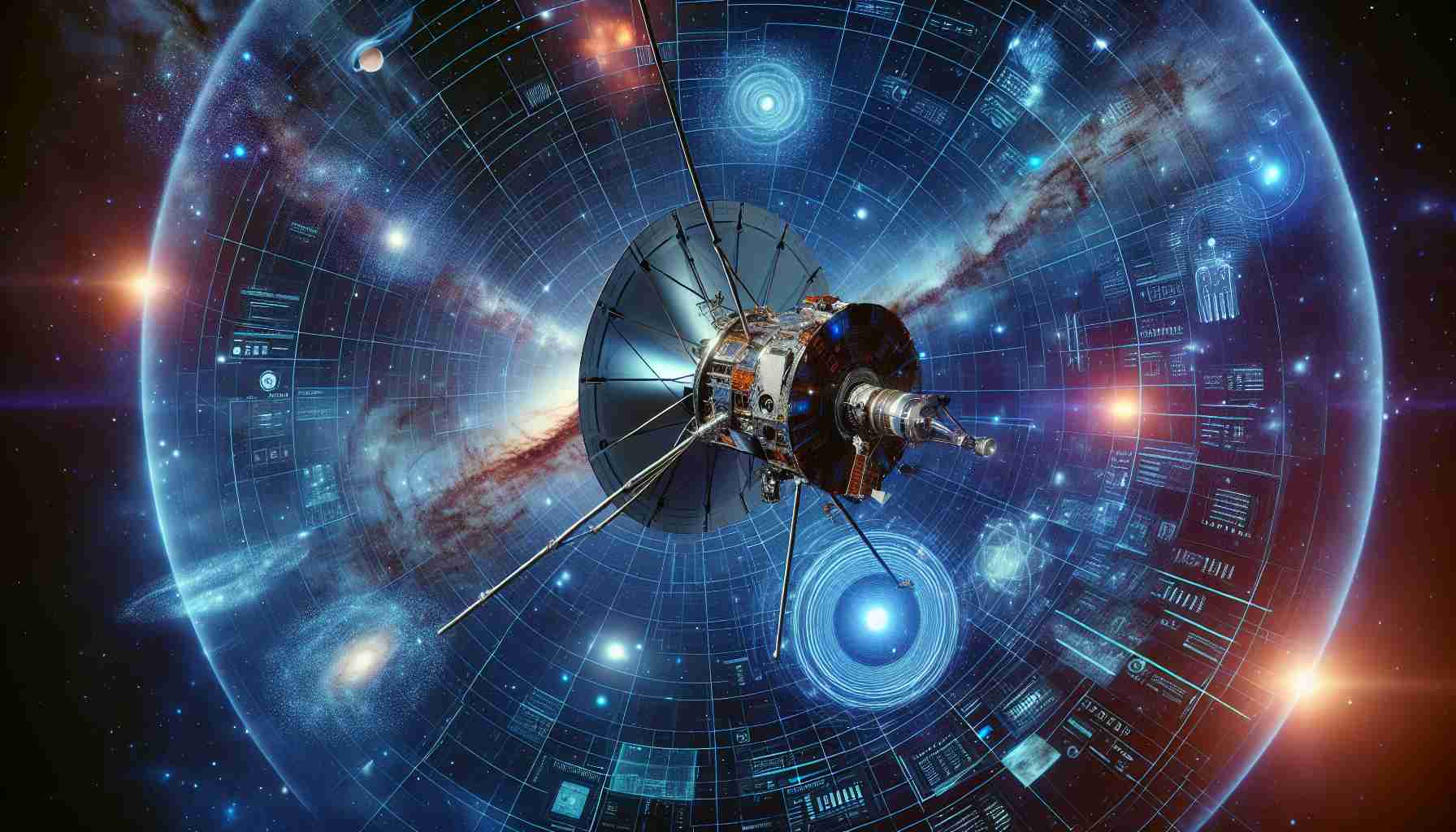SpaceX Rocket Incident Raises Eyebrows and Curiosity
In a stunning event that captivated online viewers, SpaceX’s Starship recently met an unexpected fate during its latest launch attempt. Observers reported no public injuries, but the incident caught the attention of the Federal Aviation Administration (FAA) and local authorities in the Turks and Caicos Islands, who are evaluating potential damage to public property.
During the launch, SpaceX initiated a “debris response area” protocol, temporarily halting flights in the vicinity to ensure safety as debris fell from the spacecraft. Some aircraft were forced to divert due to dwindling fuel reserves while waiting outside the affected zones. Following established safety procedures, a mishap investigation will be conducted to determine the cause and implement corrective measures before any further flights.
As striking videos of the event flooded social media, residents were cautioned to steer clear of any fallen debris, with officials reminding them that such materials still belong to the spacecraft’s owner. The Starship is a monumental project for Elon Musk, designed not only for missions to Mars but also as a potential human lunar lander for NASA’s Artemis program.
Despite the mishap, Musk maintained an optimistic outlook, playfully remarking on the situation. As the investigation unfolds, the world watches closely, eager to witness the next chapter in SpaceX’s ambitious journey.
The Broader Implications of SpaceX’s Recent Launch Incident
The recent incident involving SpaceX’s Starship raises critical questions about the future of private space exploration and its broader implications on society, culture, and the global economy. As private enterprises like SpaceX push the boundaries of space travel, they are reshaping how governments and private entities collaborate on aerospace ventures. The dominance of companies like SpaceX can catalyze innovation but also raises concerns about safety, regulatory frameworks, and environmental impact.
In terms of economic implications, the space industry is projected to reach $1 trillion by 2040, according to Space Foundation estimates. As commercial launches become more common, the potential for job creation and technological advancements grows. However, incidents like these can strain the public’s trust and lead to increased scrutiny from regulators, including the FAA.
Environmentally, the launch and recovery of rockets pose significant concerns. The debris from the incident could have far-reaching consequences, including potential harm to marine life in the fall zone. Furthermore, the growing frequency of launches contributes to the issue of space debris in orbit, which threatens both satellites and other spacecraft.
Looking forward, as human ambitions in space escalate, the need for sustainable practices in aerospace technology becomes paramount. The integration of green technologies and responsible waste management will be essential to ensure that progress does not come at an unsustainable cost to our planet and its orbit. With ongoing investigations and technological advancements, the world will be watching to see how SpaceX adapts to these challenges and what it means for the future of exploration beyond Earth.
SpaceX Starship Launch: What You Need to Know Post-Incident
Understanding the SpaceX Starship Incident
The recent launch attempt of SpaceX’s Starship has undoubtedly sparked curiosity and concern. While the incident posed no immediate threat to public safety, it highlighted several key aspects regarding spaceflight protocols, regulatory oversight, and the forward momentum of space exploration.
Key Features of SpaceX Starship
The SpaceX Starship is noteworthy for its ambitious design and intended capabilities. Key features include:
– Reusability: Designed for multiple missions, the Starship’s ability to return safely to Earth is pivotal for reducing space travel costs.
– Payload Capacity: Starship can carry over 100 metric tons to low Earth orbit, making it one of the most powerful rockets ever developed.
– Crew Capacity: Initially designed to transport up to 100 passengers, the Starship is poised for deep space exploration missions, including potential Mars colonization and lunar landings.
Pros and Cons of the Starship Program
Pros:
– Innovative Technology: Represents a significant leap in space travel technology, encompassing advanced propulsion systems and sustainable fuel usage.
– NASA Collaboration: Involvement in the Artemis program emphasizes its importance in future lunar missions.
– Visionary Goals: Aims to make interplanetary travel feasible, which could pave the way for human settlement on other planets.
Cons:
– Safety Concerns: Incidents like the recent launch reveal the risks involved in developing and operating new aerospace technologies.
– Environmental Impact: The environmental effects of rocket launches are a growing concern, prompting discussions about sustainable practices.
– High Expectations: SpaceX continues to set ambitious timelines which can lead to public disappointment when delays occur.
Investigation and Regulatory Oversight
Following the launch mishap, the Federal Aviation Administration (FAA) is conducting a comprehensive investigation to ascertain the incident’s cause. The findings will play a crucial role in determining the future of Starship launches and may lead to revised safety protocols and operational guidelines. The FAA’s engagement is essential in ensuring compliance with aerospace regulations and maintaining public safety.
Current Trends and Future Prospects
The SpaceX Starship program is emblematic of a broader trend in the aerospace industry, where private companies are increasingly taking the lead in space exploration. As we look forward, here are some trends and predictions:
– Emerging Market for Space Travel: With advancements in technology, private space travel is expected to grow significantly, potentially becoming a viable commercial sector.
– Increased Collaboration: Future developments may see more partnerships between private companies and government agencies, similar to SpaceX’s collaboration with NASA.
– Focus on Sustainability: The aerospace industry is shifting towards sustainable practices, which could influence the design and operational strategies of future spacecraft.
FAQs About the SpaceX Starship Incident
Q: What caused the SpaceX Starship incident during its latest launch?
A: The exact cause is under investigation by the FAA, focusing on identifying any technical malfunctions or safety protocol failures.
Q: What safety measures does SpaceX implement during launches?
A: SpaceX follows strict safety protocols, including establishing a debris response area during launches and monitoring flight operations closely.
Q: How does the incident impact future Starship missions?
A: The findings from the investigation will dictate necessary adjustments and improvements, but it is expected that SpaceX will continue its ambitious plans for future launches.
Q: How can the public participate in space exploration now?
A: As commercial spaceflight becomes more accessible, opportunities for the public to engage in space tourism and research projects are expected to increase significantly in the coming years.
For more information on SpaceX and its endeavors, visit SpaceX’s official website.



















